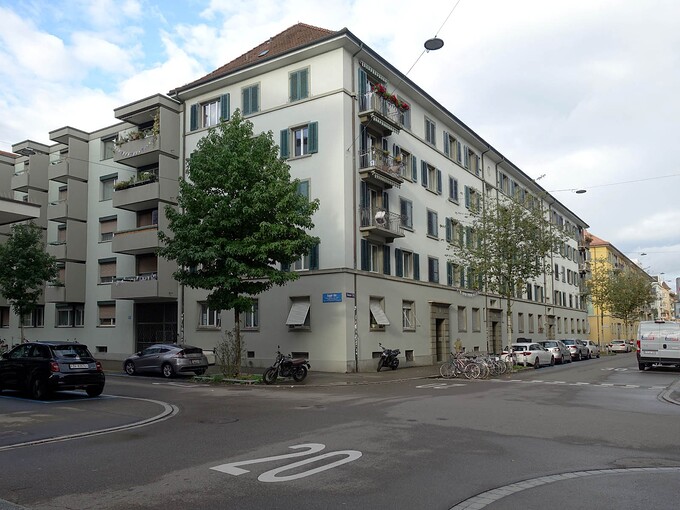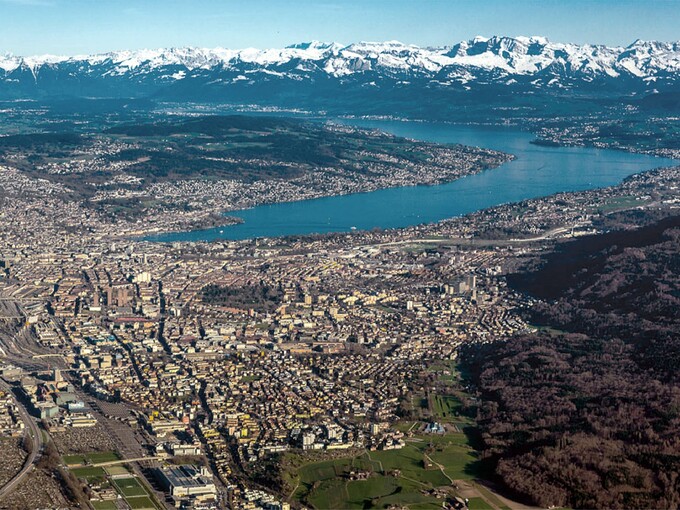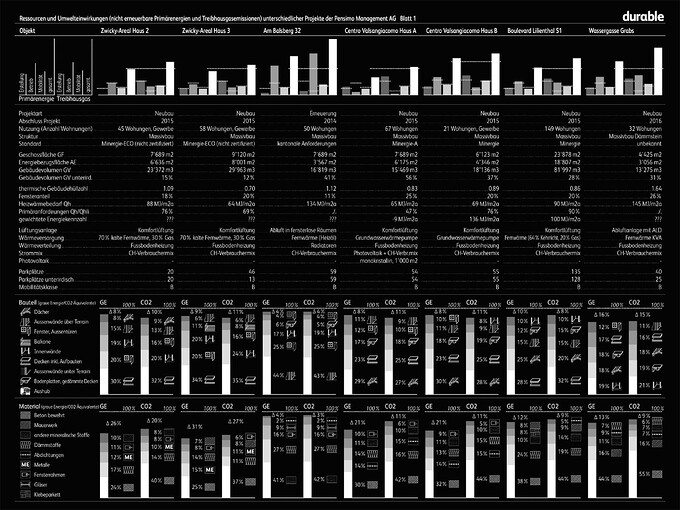Life cycle assessments in compliance with all standards, certifications and norms for all types of projects
CO2 reduction trajectories for Scopes 1, 2 and 3 for both single buildings and portfolios
Complex life cycle modelling for the preservation of existing buildings
Innovative assessment methods including incorporating location and mobility
References

Life cycle assessments for evaluating with different arguments
Comparative life cycle assessments for the GBMZ Engel housing estate
The Zurich Cooperative for Non-Profit Housing (GBMZ) is considering the renovation of its Engel estate in District 4 of Zurich. The target is to future-proof the estate by incorporating attractive social features, such as communal spaces. Blatter Müller Architects and Oliv Brunner Volk Architects are elaborating a feasibility study for this project. Durable is providing comparative life cycle assessments to guide the decision-making process.
These assessments aim to support the choice of a CO2-neutral solution by offering detailed analyses of the existing buildings, ensuring reliable and informed outcomes.

Optimising urban density: Preservation vs. new construction
Life cycle assessments as part of the test planning for the Bergacker site
Since 2016, Habitat 8000 AG has been developing its Bergacker site in Zurich Affoltern with the aim of increasing density to maximise land use while offering as much affordable housing as possible. The existing complex, built in the 1950s, is structurally sound and popular with current residents but remains underutilised. Following a feasibility study in 2019 that focused on replacement, the preservation of the existing buildings was thoroughly reconsidered in 2022. Ultimately, Habitat 8000 opted for a new construction.
Durable supported the entire process with comparative environmental impact assessments of greenhouse gas emissions. A key finding from these assessments was that extending the existing structures offered rather minor potential savings in terms of embodied carbon emissions.

Life cycle assessments with extended spatial focus
Innovating LCA by spatial scaling of the system boundary
Swiss Prime Site Solutions AG develops properties with a strong focus on ambitious sustainability targets, with a key priority being net zero. This approach considers not only all three scopes of emissions, including embodied carbon, but also expands the focus to include spatial impact.
In collaboration with Durable, Swiss Prime Site Solutions has developed a method that accounts for the internal migration of people caused by the underutilisation of a property’s development potential. The study explored the following questions: Which properties do these people move to? What is the environmental quality of those properties? And how do these factors affect the overall ecological footprint?
